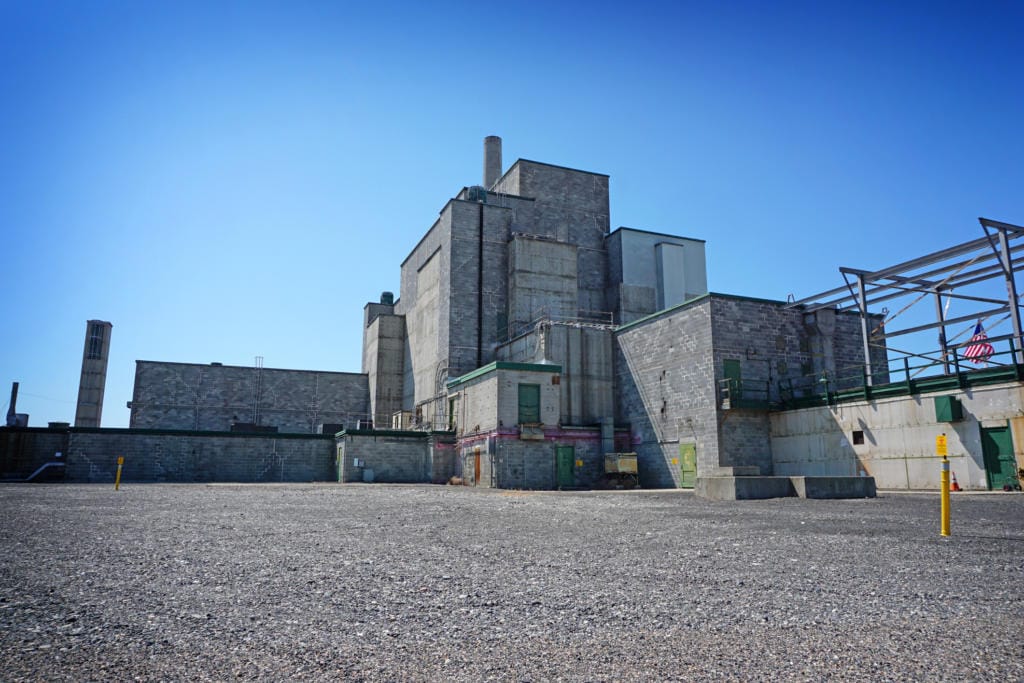KENNEWICK — The current budget of $2.8 billion for environmental cleanup at the Hanford nuclear reservation may seem like a lot, but not after considering the work to be done, said Sen. Maria Cantwell, D-Wash., at a Senate committee hearing this past week.
The Department of Energy estimates that $300 billion to $640 billion will be needed to complete the remainder of Hanford environmental cleanup by 2078, during the hearing of the Senate Committee on Energy and Natural Resources.
It would require annual budgets of $5.4 billion at the low end of the estimate to $11 billion at the high end, according to DOE’s 2022 Hanford Lifecycle Scope, Schedule and Cost Report.
Cantwell also questioned whether annual budgets can meet legal obligations at the site.
The fiscal 2024 budget of $3 billion proposed by the Biden Administration is an increase from $2.84 billion in current spending and $2.62 billion in fiscal 2020 spending, according to the Department of Energy.
But even with that escalation in funding, Washington state officials say another $700 million would be needed in fiscal 2024 to keep environmental cleanup on track.
Both a federal court consent decree and the Tri-Party Agreement set standards and legal deadlines for the federal government at Hanford.
With $300 billion to $640 billion still required to complete Hanford cleanup, the current budget is “only a couple of percent of the remaining cleanup costs,” Cantwell told the energy secretary.
“We don’t want anybody coming with a proposal to do it on the cheap, but I would like to hear from you any ideas on what we could do to help accelerate the process of cleanup,” Cantwell said.
“We want to do it right,” Granholm replied, and talked about working in partnership with the Hanford area community.
“It is not a cheap prospect, as you know,” Granholm said. “And so that effort to continuously invest, but do it efficiently, is totally what the folks at Hanford and our (DOE) Environmental Management Office are all about.”
Grouting waste a money saver?
Earlier in the week, William “Ike” White, DOE’s top official in its environmental cleanup program, told the Senate Armed Services Strategic Forces Subcommittee, that grouting some of the 56 million gallons of radioactive waste stored in underground tanks at Hanford rather than glassifying it would be “by far the most cost effective and timely” way to deal with it.
The Hanford site in Eastern Washington produced about two-thirds of the plutonium for the nation’s nuclear weapons program from World War II through the Cold War. The tank waste is left from chemically separating plutonium from irradiated uranium fuel.
The vitrification plant, which is preparing to start glassifying tank waste 21 years after construction on it started, was not planned to be large enough to treat all the tank waste.
It should be able to treat 40% of the waste, which leaves 60% without a clear path forward, White told the subcommittee.
The National Academies of Sciences recommended that DOE consider encapsulating some of the least-radioactive tank waste into concrete-like grout. Vitrification also will start first on low level radioactive waste, with DOE given until 2033 under a federal court consent decree to also start treating high level radioactive waste for disposal.
DOE grouted 3 gallons of tank waste in 2017 and recently announced plans to move forward with a pilot test of an additional 2,000 gallons of tank waste. The waste would be treated offsite, likely at PermaFix Northwest adjacent to Hanford in Richland
It is now working toward getting a Washington state Department of Ecology permit for the pilot test and, with state approval, could be ready to grout the waste a year later.
The Hanford tank waste represents the DOE environmental cleanup program’s greatest environmental risk and financial liability, White said.
“Treatment and disposal are the only way to permanently address the risk posed by this waste,” he said. “Recognizing that additional delays bring greater environmental risks, exacerbate the impacts of already aging infrastructure, and increase costs, we are focused on moving the entire Hanford tank waste mission forward.”



